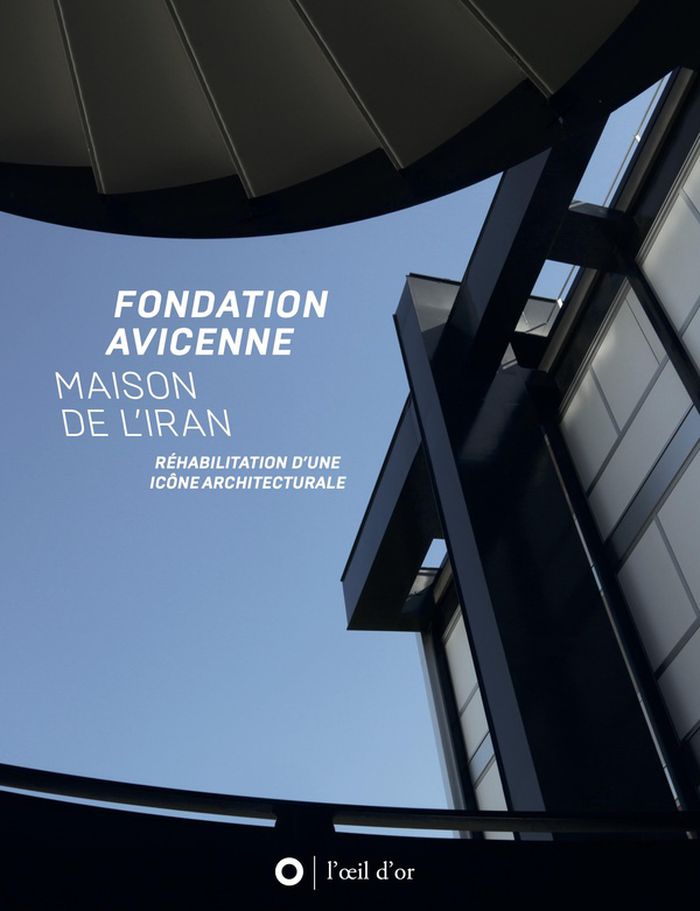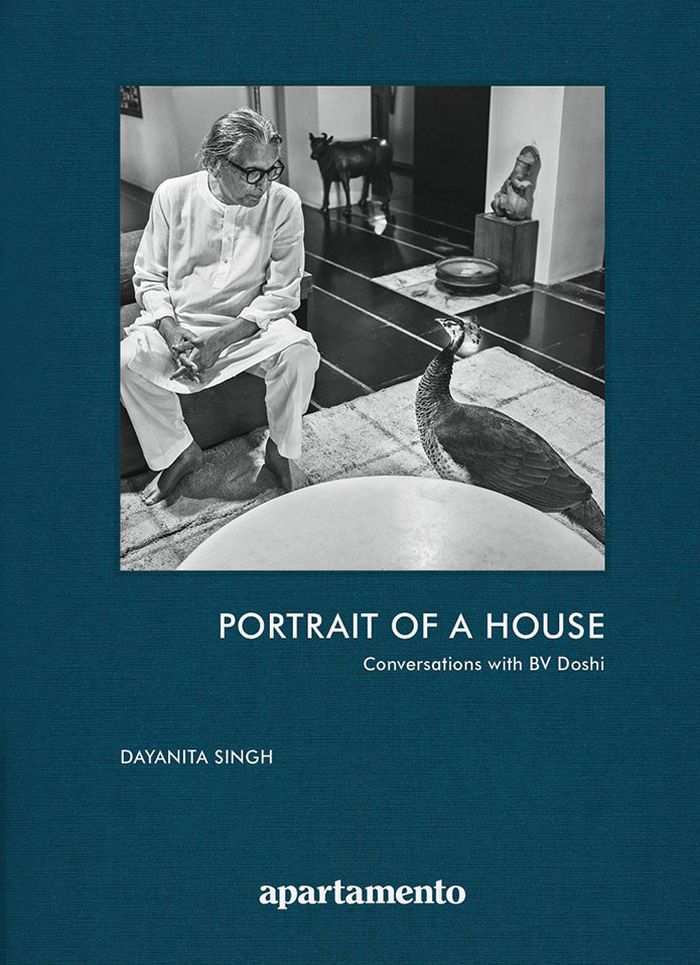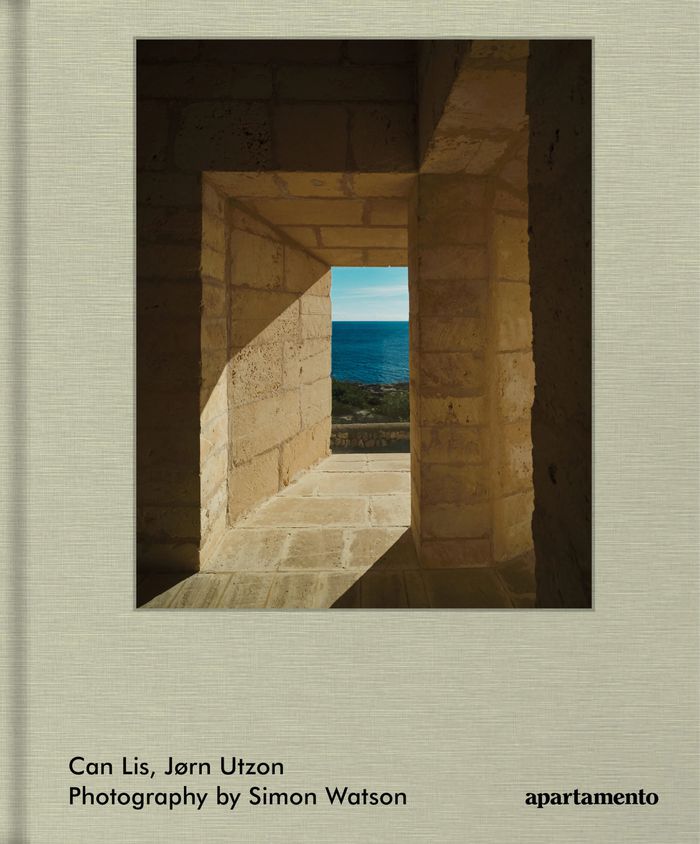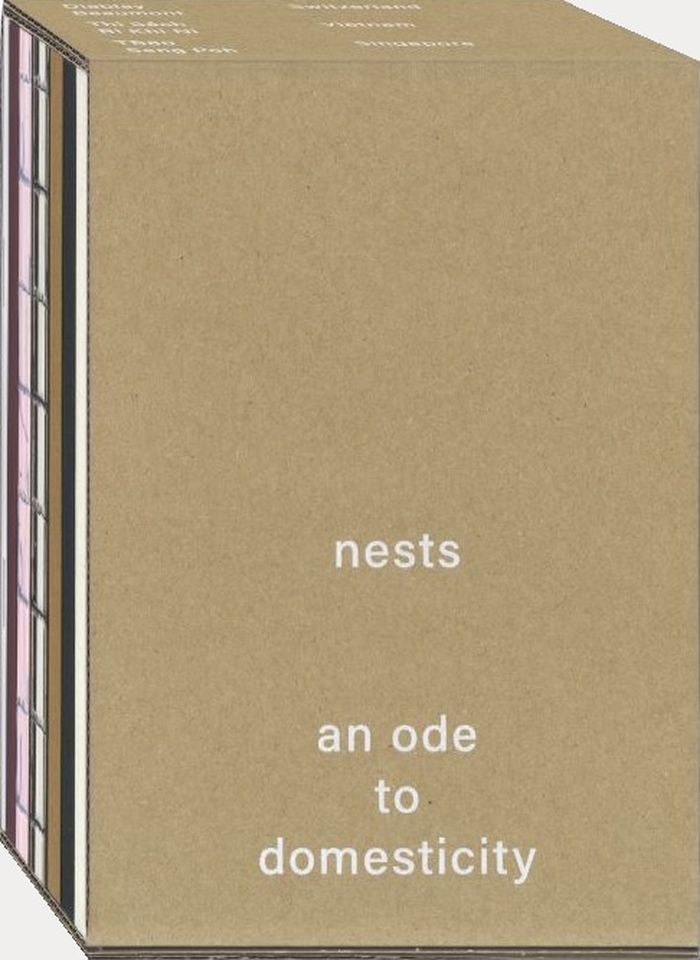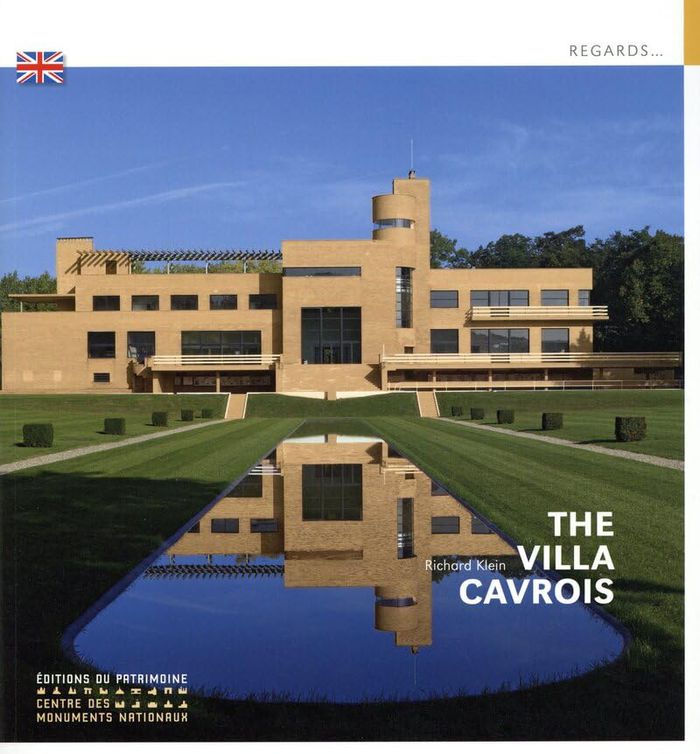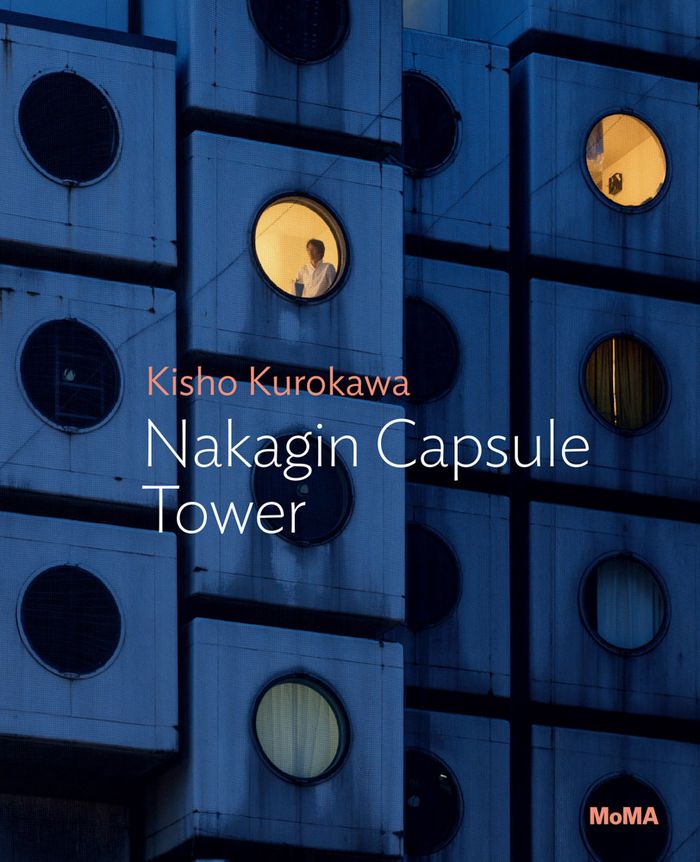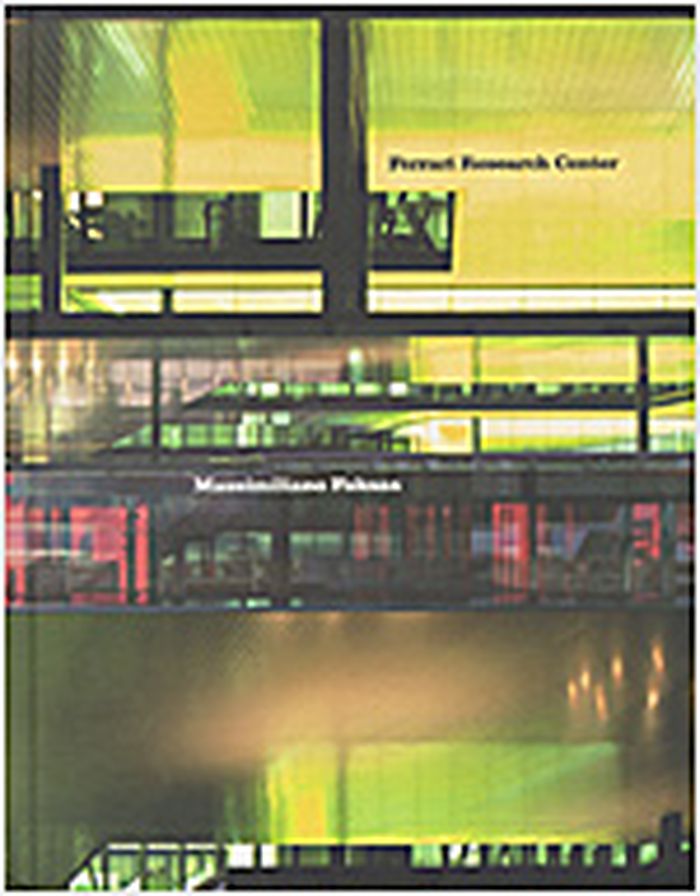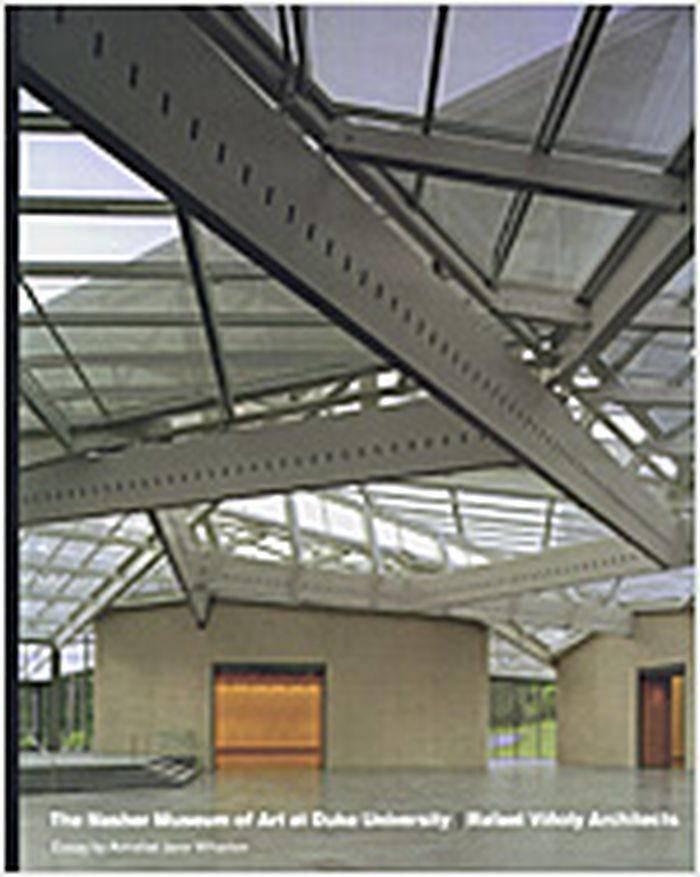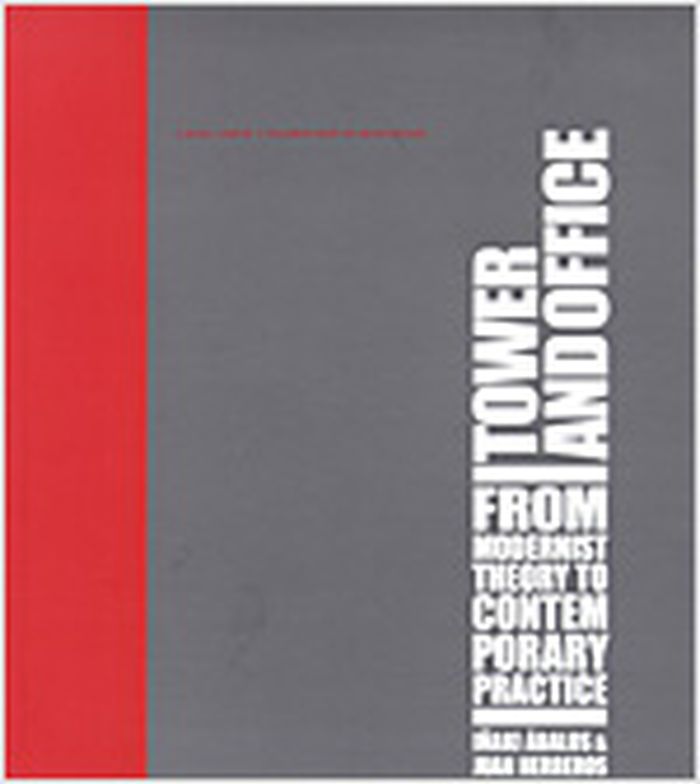$45.95
(available to order)
Summary:
Bâtiment manifeste, monument historique, icône noire et blanche se détachant sur le ciel de Paris, architecture métallique remarquable, prouesse technologique, résidence universitaire et lieu de culture, la Fondation Avicenne (anciennement Maison de l’Iran) est tout cela. Inscrite dans l’histoire, parfois tumultueuse, de deux pays, et située sur un site riche en(...)
Fondation Avicenne : Réhabilitation d'une icône architectural
Actions:
Price:
$45.95
(available to order)
Summary:
Bâtiment manifeste, monument historique, icône noire et blanche se détachant sur le ciel de Paris, architecture métallique remarquable, prouesse technologique, résidence universitaire et lieu de culture, la Fondation Avicenne (anciennement Maison de l’Iran) est tout cela. Inscrite dans l’histoire, parfois tumultueuse, de deux pays, et située sur un site riche en architecture, cette œuvre majeure de Claude Parent devait être entièrement réhabilitée afin de revivre aprés son quasi-abandon. De nombreux acteurs, sous la maîtrise d’œuvre de l’agence Béguin & Macchini, récompensée par le trophée Eiffel d’architecture en acier, ont gagné le pari de lui donner une nouvelle pérennité. Ce livre raconte l’aventure de cette renaissance et des défis et surprises d’une réhabilitation fidèle, aussi complexe que réussie.
Architecture Monographs
$68.00
(available in store)
Summary:
"Portrait of a house: Conversations with BV Doshi" draws the celebrated architect into conversation with the photo artist Dayanita Singh in an exploration of the kindred alchemy of their creative practices. Beginning when she first photographed him in his famed Kamala House (Dayanita’s ‘favourite temple of light’), named after BV’s wife, the book spans years of their(...)
BV Doshi: Portrait of a house
Actions:
Price:
$68.00
(available in store)
Summary:
"Portrait of a house: Conversations with BV Doshi" draws the celebrated architect into conversation with the photo artist Dayanita Singh in an exploration of the kindred alchemy of their creative practices. Beginning when she first photographed him in his famed Kamala House (Dayanita’s ‘favourite temple of light’), named after BV’s wife, the book spans years of their conversations, presented alongside black-and-white portraits of the space filled with family. In a collaborative exchange, BV responds directly to these photographs, revealing hidden motivations behind his architectural innovations. At its core, "Portrait of a house" is an exploration of light, movement, and a home’s capacity to guide its inhabitants, at turns lulling them to sleep or sparking them into animated conversation.
Architecture Monographs
Jørn Utzon: Can Lis
$86.00
(available in store)
Summary:
Enamoured with the light of the Mediterranean sun, "Can Lis, Jørn Utzon" is a visual ode to one of the most iconic homes of the 20th century. An early ideal for design inspired by place, Can Lis rests on a Mallorcan cliff, nearly concealed by the marés stone from which it was made. Photographs by Simon Watson chart the movement of light along the compound that served as(...)
Jørn Utzon: Can Lis
Actions:
Price:
$86.00
(available in store)
Summary:
Enamoured with the light of the Mediterranean sun, "Can Lis, Jørn Utzon" is a visual ode to one of the most iconic homes of the 20th century. An early ideal for design inspired by place, Can Lis rests on a Mallorcan cliff, nearly concealed by the marés stone from which it was made. Photographs by Simon Watson chart the movement of light along the compound that served as Utzon’s family home for over two decades, his first permanent residence following his work on the Sydney Opera House. A curated selection of archival photographs, sketches, and blueprints mined from Utzon’s private collection guide readers from early plans for Can Lis to the everyday ways the home was inhabited.
Architecture Monographs
$155.00
(available to order)
Summary:
Over the last 20 years, Manuel and Isabelle Der Hagopian have lived between Singapore, Vietnam, and Switzerland. The couple have built various dwellings in each location to house their lives and redefine their domesticity as a fundamental need. Each “nest” arises from intimate conversations between them and the spaces, giving birth to meticulously-crafted domains and(...)
Architecture Monographs
March 2025
NESTS: An order to domesticity
Actions:
Price:
$155.00
(available to order)
Summary:
Over the last 20 years, Manuel and Isabelle Der Hagopian have lived between Singapore, Vietnam, and Switzerland. The couple have built various dwellings in each location to house their lives and redefine their domesticity as a fundamental need. Each “nest” arises from intimate conversations between them and the spaces, giving birth to meticulously-crafted domains and lovingly-curated interiors echoing the spirit of the local culture. 'NESTS' features six of these dwellings—Seng Poh, TB80, Bi Khi Ni, Thi Sach, Beaumont, and Diablay De—as seen through the lens of Khoo Guo Jie. The photographer’s images of the life and love that imbue these spaces have been curated into booklets that are designed to embody the unique character and materiality of each nest. Together, they weave a voyage across different habitats and offer an introspective journey back home, in all the senses.
Architecture Monographs
The Villa Cavrois
$26.95
(available in store)
Summary:
A masterpiece of 20th-century architecture designed by Robert Mallet-Stevens between 1929 and 1932, the Villa Cavrois had an eventful history before its restoration and opening to the public in 2015. The man who commissioned it, Paul Cavrois, a well-established industrialist from Northern France, wanted a residence large enough to house his family and servants. His(...)
The Villa Cavrois
Actions:
Price:
$26.95
(available in store)
Summary:
A masterpiece of 20th-century architecture designed by Robert Mallet-Stevens between 1929 and 1932, the Villa Cavrois had an eventful history before its restoration and opening to the public in 2015. The man who commissioned it, Paul Cavrois, a well-established industrialist from Northern France, wanted a residence large enough to house his family and servants. His meeting with Robert Mallet-Stevens was to make his project an object-manifesto, an ocean liner rising on the heights of Roubaix, in a striking contrast with the neighbouring traditional bourgeois houses. Mallet-Stevens mastered all aspects of the design: the silhouette and geometry of the villa; the simple, yet luxurious furniture, and the materials chosen specifically for each room – marble and precious woods in the reception areas and tiles in sober colours in the bathrooms and kitchen – the lighting fixtures, the heating and sound systems.
Architecture Monographs
$22.95
(available in store)
Summary:
Comprised of two steel and concrete towers outfitted with 140 prefabricated living capsules, the ''Nakagin Capsule Tower'' in Tokyo is one of the most iconic and influential architectural marvels of the postwar period. A touchstone of the Metabolist movement, the tower was designed by the office of Japanese architect Kisho Kurokawa (1934–2007) and completed between 1970(...)
Kisho Kurokawa: Nakagin Capsule Tower. MoMA one on one series
Actions:
Price:
$22.95
(available in store)
Summary:
Comprised of two steel and concrete towers outfitted with 140 prefabricated living capsules, the ''Nakagin Capsule Tower'' in Tokyo is one of the most iconic and influential architectural marvels of the postwar period. A touchstone of the Metabolist movement, the tower was designed by the office of Japanese architect Kisho Kurokawa (1934–2007) and completed between 1970 and 1972. Each capsule was intended for single occupancy and came outfitted with its own ensuite bathroom, a foldout desk, a telephone, a reel-to-reel tape player, a Sony color television and a "porthole" window overlooking the city. In this volume of the MoMA ''One on One'' series, curator Evangelos Kotsioris delves into the groundbreaking design, construction, evolution and ultimate need for the demolition of this remarkable structure in 2022. It is published in advance of MoMA's exhibition of one of the original capsules, the first to be publicly shown in the United States.
Architecture Monographs
Ferrari research center
$38.00
(available in store)
Summary:
The building site is in the centre of the Ferrara Industrial Complex (Maranello, Italy) which is undergoing major changes and developments. This project is born out of the desire of bringing the natural environment within this highly technological complex in order to create a comfortable working context (...) this building, dedicated to a car manufacturing company that(...)
Ferrari research center
Actions:
Price:
$38.00
(available in store)
Summary:
The building site is in the centre of the Ferrara Industrial Complex (Maranello, Italy) which is undergoing major changes and developments. This project is born out of the desire of bringing the natural environment within this highly technological complex in order to create a comfortable working context (...) this building, dedicated to a car manufacturing company that has represented, for generations, the realization of a dream, becomes part of this poetry, magic and reverie.
Architecture Monographs
$22.95
(available to order)
Summary:
L'œuvre de Renzo Piano semble de plus en plus en phase avec notre époque. Il est l'un des rares architectes à s'impliquer personnellement dans chaque étape de la conception d'un édifice, de l'étude préliminaire aux ultimes finitions, et l'analyse qu'il fait de ses projets est riche d'enseignements. Chacune de ses créations s'avère à la fois novatrice et fascinante. Dans(...)
Un tour d'horizon avec Renzo Piano
Actions:
Price:
$22.95
(available to order)
Summary:
L'œuvre de Renzo Piano semble de plus en plus en phase avec notre époque. Il est l'un des rares architectes à s'impliquer personnellement dans chaque étape de la conception d'un édifice, de l'étude préliminaire aux ultimes finitions, et l'analyse qu'il fait de ses projets est riche d'enseignements. Chacune de ses créations s'avère à la fois novatrice et fascinante. Dans cet ouvrage, Renzo Piano nous guide à travers vingt-deux de ses réalisations. Chacune est introduite par un texte de l'architecte, suivi d'un reportage photographique qui mène le lecteur de l'extérieur vers l'intérieur du bâtiment, jusqu'au plus infime détail. Parmi les réalisations sélectionnées figurent le Centre Georges-Pompidou, le Centre culturel Jean-Marie -Tjibaou et le musée de la Fondation Beyeler. Présentant également le Renzo Piano Building Workshop, ces pages permettent de comprendre le travail de l'un des architectes les plus reconnus et les plus visionnaires de notre temps.
Architecture Monographs
$22.50
(available in store)
Summary:
When architect Rafael Vinoly was commissioned to design a major new centre for the arts at Duke University, he set about creating his first museum in North America and the first stand-alone museum in Duke's eighty-year history. The resulting 65,000-square-foot building has changed the cultural landscape of the university and indeed the Southeast. This book(...)
Architecture Monographs
October 2005, Durham, North Carolina
The Nasher Museum of Art at Duke University : Rafael Vinoly Architects
Actions:
Price:
$22.50
(available in store)
Summary:
When architect Rafael Vinoly was commissioned to design a major new centre for the arts at Duke University, he set about creating his first museum in North America and the first stand-alone museum in Duke's eighty-year history. The resulting 65,000-square-foot building has changed the cultural landscape of the university and indeed the Southeast. This book documents the genesis and design of the new museum, which opens on October 2, 2005. The building is named in honor of the family of Raymond D. Nasher, an internationally prominent art collector who graduated from Duke in 1943. The brilliant core of the Nasher at Duke is a 13,000-square-foot glass and steel canopy rising to a height of 45 feet above the central gallery space. The faceted roof soars above the irregular pentagonal great hall, where five concrete pavilions fan out at different angles. The pavilions will house three large gallery spaces, an auditorium, offices, university and community classrooms, a museum shop, and a café with outdoor seating overlooking a sculpture garden. Set in the forest on Duke's campus, the museum's full-height glass walls and green slate floor connect the pavilions and further blur the division between building and nature. With an essay by art historian Annabel Jane Wharton, a design statement by architect Rafael Vinoly, a foreword by museum namesake Raymond D. Nasher, and photographs by Brad Feinknopf and Jerry Blow, this book documents the building that will become a cornerstone for cultural activities for the university and the public.
Architecture Monographs
$46.95
(available to order)
Summary:
In "Tower and Office", Spanish architects Inaki Abalos and Juan Herreros look at the role and impact of advanced building technologies in American architecture since World War II. The war, they claim, marked the end of the first cycle of modernism, challenging the belief that technological progress alone could produce a perpetually better future. At the same time, the war(...)
October 2005, Cambridge
Tower and office : from Modernist theory to contemporary practice
Actions:
Price:
$46.95
(available to order)
Summary:
In "Tower and Office", Spanish architects Inaki Abalos and Juan Herreros look at the role and impact of advanced building technologies in American architecture since World War II. The war, they claim, marked the end of the first cycle of modernism, challenging the belief that technological progress alone could produce a perpetually better future. At the same time, the war was the source of powerful new structural models and construction methods. The authors examine the ways these technologies have been inflected over the last half century by more subjective and integrated processes of spatial organization. In the first part of the book, Abalos and Herreros focus on the work of Le Corbusier, revealing the degree of complexity achieved in his interpretation of the modern skyscraper. In the second part, they look at the intersection of technical and cultural determinants in the design of high-rise structures since World War II. Among the issues they consider are the evolution of the load-bearing frame, the impact of high-tech systems on tall buildings, and the transparent building skin. In the third part, they address developments in office design and planning, tracing an evolution from the repetitive and homogeneous office skyscraper to the present-day mixed-use structure. Overall they demonstrate how the objective technical analysis associated with modernist architectural theory has given way in recent building practice to a variety of flexible, pragmatic, and environmental approaches. These, they suggest, have opened the way to new urban and architectural forms.
